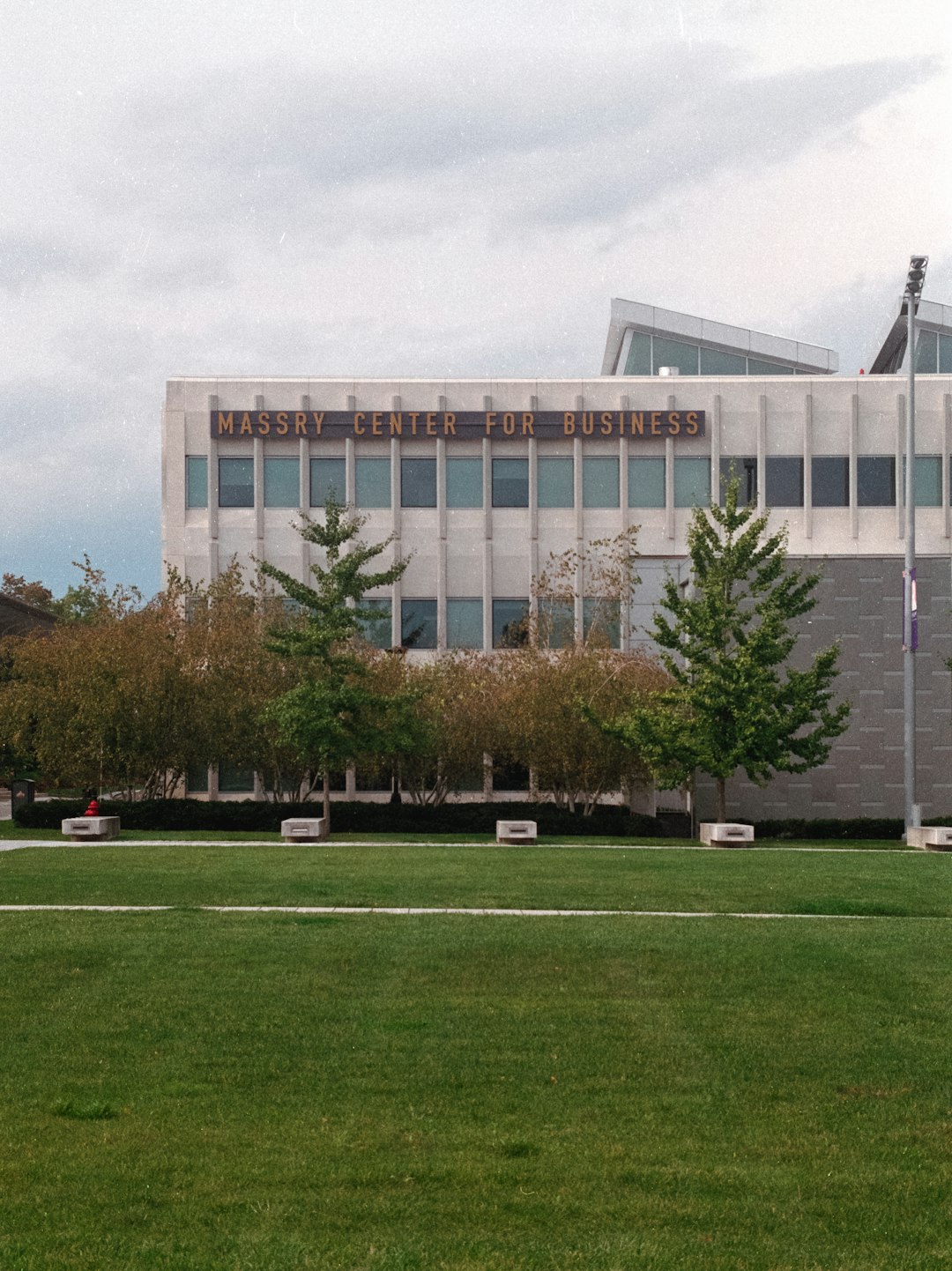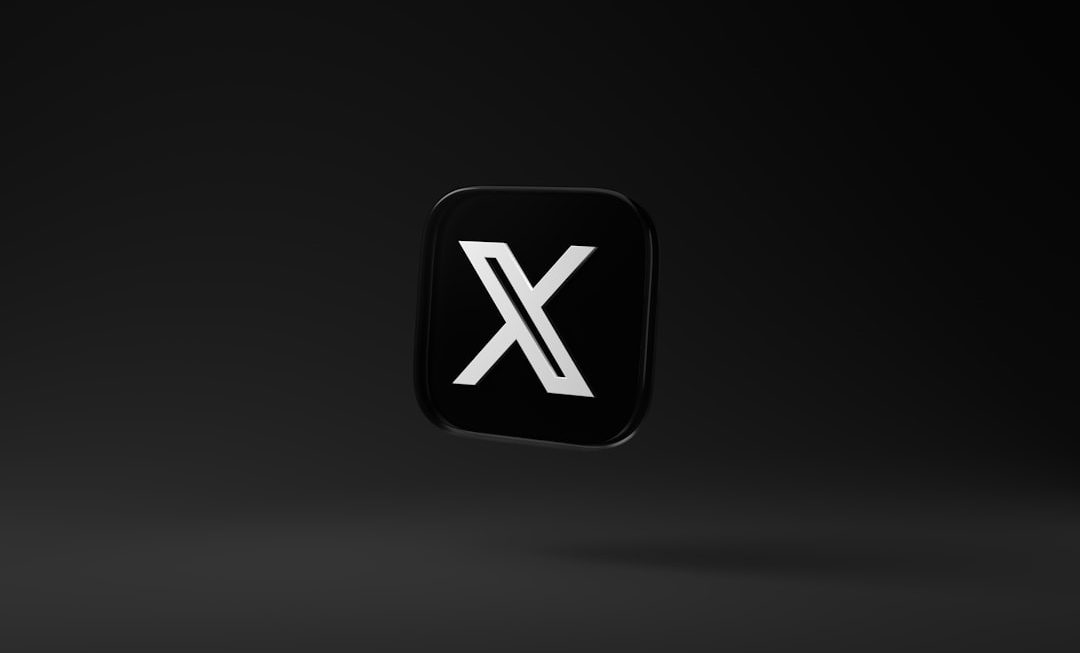Nestled in the heart of Kirkland, Washington, just east of Seattle and across the scenic Lake Washington, sits one of Google’s most vibrant and rapidly expanding hubs—its 6th Street Campus. This ever-growing tech campus is a testament to Google’s commitment to innovation, sustainability, and community development in the Pacific Northwest. What used to be a relatively quiet suburb has become a thriving center for tech talent, largely thanks to Google’s substantial investment in the area.
With state-of-the-art workspaces, a thoughtful urban design layout, and a strong focus on environmental stewardship, the Kirkland 6th Street Campus isn’t just another corporate office—it’s a vision for the future of workspaces. Here’s an inside look at what makes this tech campus unique, dynamic, and integral to Google’s global operations.
The Origins and Growth
Google first planted its roots in Kirkland in 2004 with a modest team of engineers. Since then, the company has grown its footprint significantly in the city, making Kirkland one of its largest engineering hubs outside of California. The opening of the 6th Street Campus in 2009 marked a major expansion, driven by the increasing importance of cloud computing, advertising technologies, and other key Google initiatives being developed from this site.
Fast forward to today, the 6th Street Campus spans hundreds of thousands of square feet, and plans are already underway to double the office space over the next few years. The campus houses thousands of Googlers working on a broad array of products and technologies.
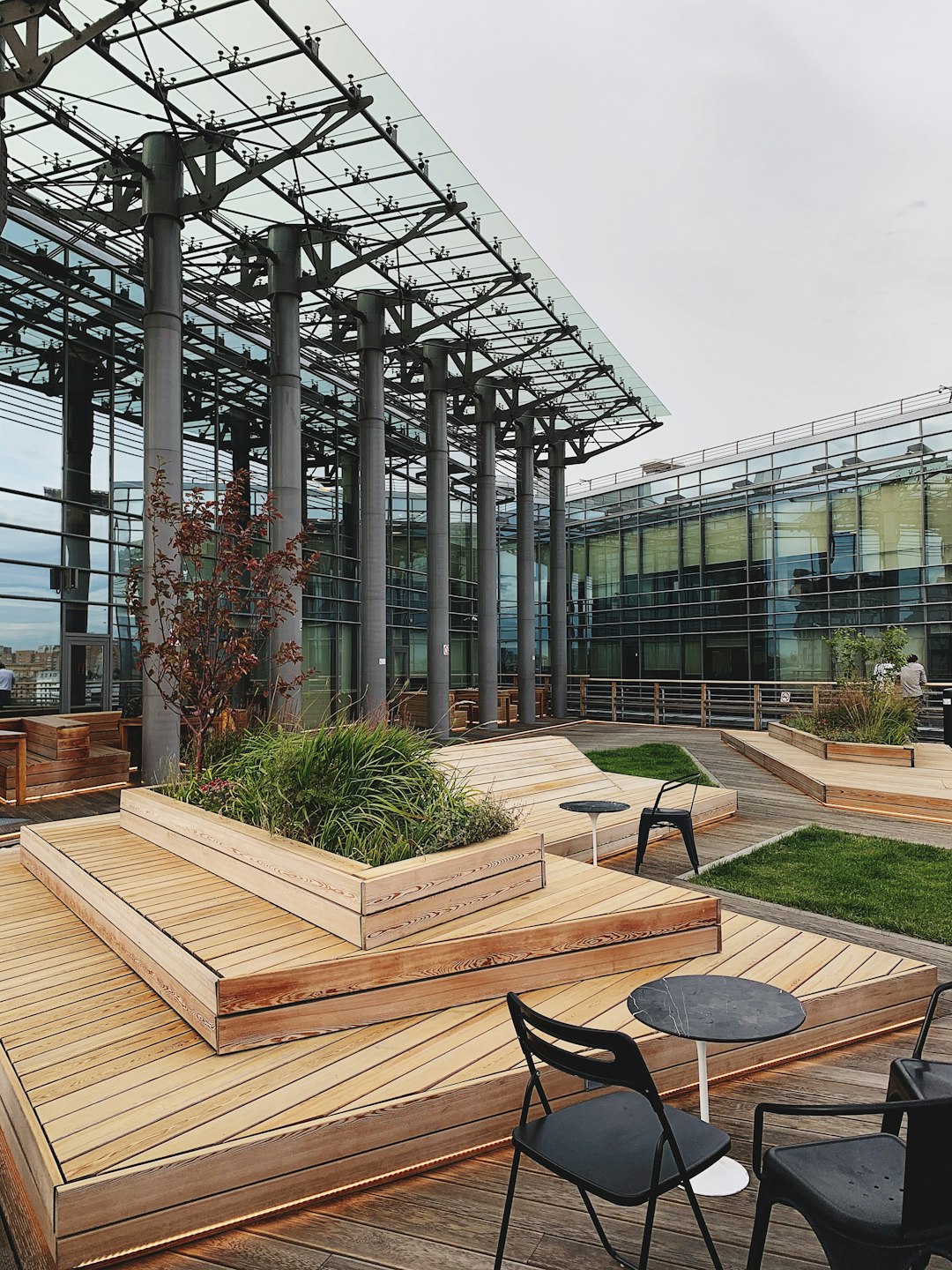
Architectural Design and Layout
One of the first things visitors notice about the 6th Street Campus is how seamlessly it blends with the surrounding urban environment. The buildings are designed with a focus on natural light, open spaces, and sustainability. High ceilings, vast atriums, and green rooftops define the architectural ethos of the campus.
Each building is interconnected through a series of elevated walkways and lush courtyards, encouraging a sense of flow and collaboration. This open layout not only promotes chance encounters and teamwork but also makes it easy for employees to transition between different areas of the campus throughout the day.
Key architectural highlights include:
- LEED-certified buildings that reduce environmental impact
- Living green walls and rooftop gardens that enhance air quality
- Daylight-optimized interiors maximizing natural lighting
- Modern, airy interior design with focal points including art installations and cozy collaboration zones
Inside the Workspaces
The interiors of the Kirkland campus prioritize comfort, flexibility, and productivity. Google’s global reputation for eccentric yet functional office designs is on full display here—think modular furniture, ergonomic workstations, and themed conference rooms. However, the Kirkland campus adds its own flavor by incorporating Pacific Northwest influences through materials like reclaimed wood and local art.
Each floor often hosts its own unique amenities, including micro-kitchens stocked with healthy snacks, relaxation rooms, and interactive tech zones. Larger community areas serve as gathering hubs for lunches, all-hands meetings, and team celebrations.
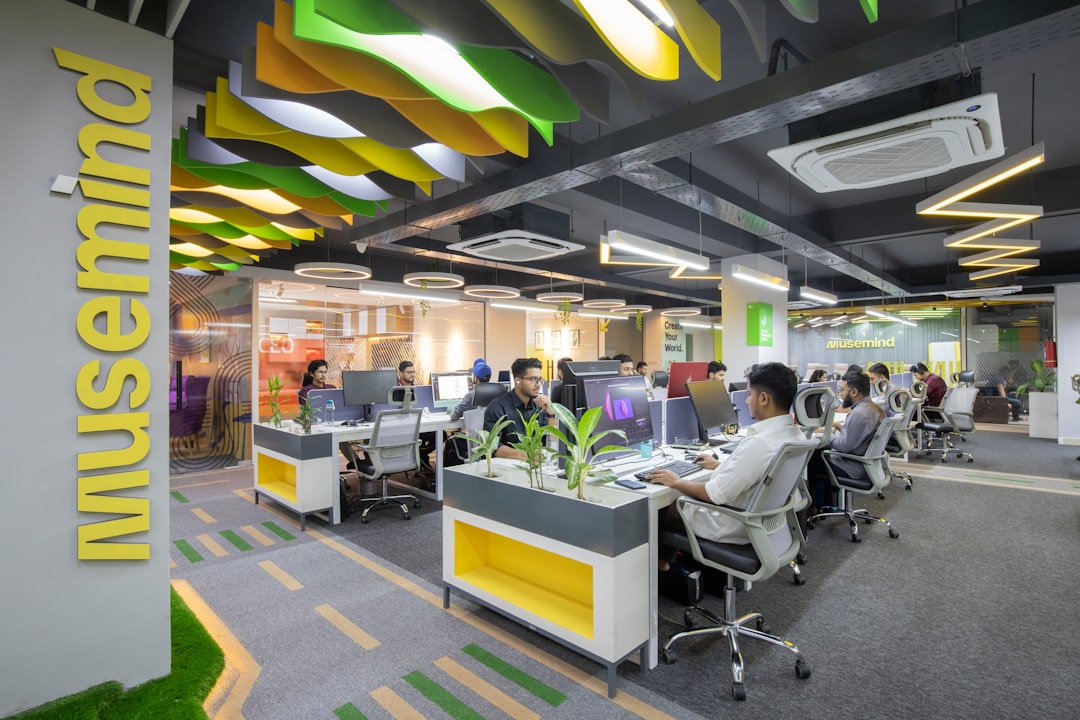
Amenity-Rich Environment
Google’s Kirkland Campus isn’t just a place to work—it’s a space designed to support the whole person. Employees enjoy a wide variety of amenities that contribute to work-life balance and mental well-being:
- Onsite fitness centers equipped with weights, cardio machines, and even personal trainers
- Yoga and meditation rooms for stress relief and mindfulness
- Bike-sharing stations and EV charging points to promote sustainable commuting
- Free cafeteria meals with healthy, locally-sourced options
- Tech lounges with gaming consoles, VR sets, and collaborative tools
Moreover, the campus is pet-friendly, which means it’s not unusual to see a few enthusiastic dogs lounging at the feet of hardworking developers.
Green and Sustainable Design
Google has embedded sustainability into every aspect of the Kirkland Campus. The campus buildings are powered in part by renewable energy sources, and energy-efficient HVAC and lighting systems are used throughout. Google is also experimenting with green construction materials and water-saving initiatives, such as rainwater collection systems and low-flow fixtures.
A standout feature is the rain garden that captures and filters stormwater runoff while serving as an eco-friendly focal point for the campus landscape. Landscaping with native plants further reduces the need for irrigation and supports local biodiversity.
Innovation and Collaboration
Perhaps the most significant feature of the Kirkland 6th Street Campus is the atmosphere of innovation. The campus hosts teams that work on high-profile Google products such as:
- Google Cloud
- Ads and Commerce
- Android and Platforms engineering
- Search and Core Infrastructure
The office layout and facilities are designed to foster interdisciplinary teamwork. Teams hold regular “hack weeks” and brainstorming retreats in dedicated creativity rooms. Specialized labs allow engineers to prototypize and test experimental concepts before they’re deployed on a global scale.
Connection to the Community
Google has made deliberate efforts to weave the 6th Street Campus into the broader fabric of Kirkland. The company has invested in local infrastructure improvements, including enhanced public transport access and safer bike lanes around the area. It also regularly collaborates with local schools, universities, and nonprofits through mentorship programs and volunteer efforts.
Google’s presence has had a ripple effect on Kirkland’s downtown vitality, attracting startups, restaurants, and a growing number of residents who seek an urban-suburban blend. While concerns around rapid growth and housing costs persist, Google is exploring partnerships to support affordable housing and community development initiatives.
What’s Next for the Kirkland Campus?
Looking forward, Google has ambitious plans to expand its Kirkland operations. The planned addition of the “North Campus” just a few blocks away will effectively double the company’s footprint in the city. This extension will include more office space, public art installations, community gathering areas, and further eco-conscious design elements.
Moreover, with the increasing normalization of hybrid work arrangements, Google is making sure that collaborative spaces remain central in its designs. The goal is not just to offer a place to work but to build a campus where creativity, innovation, and well-being coexist.
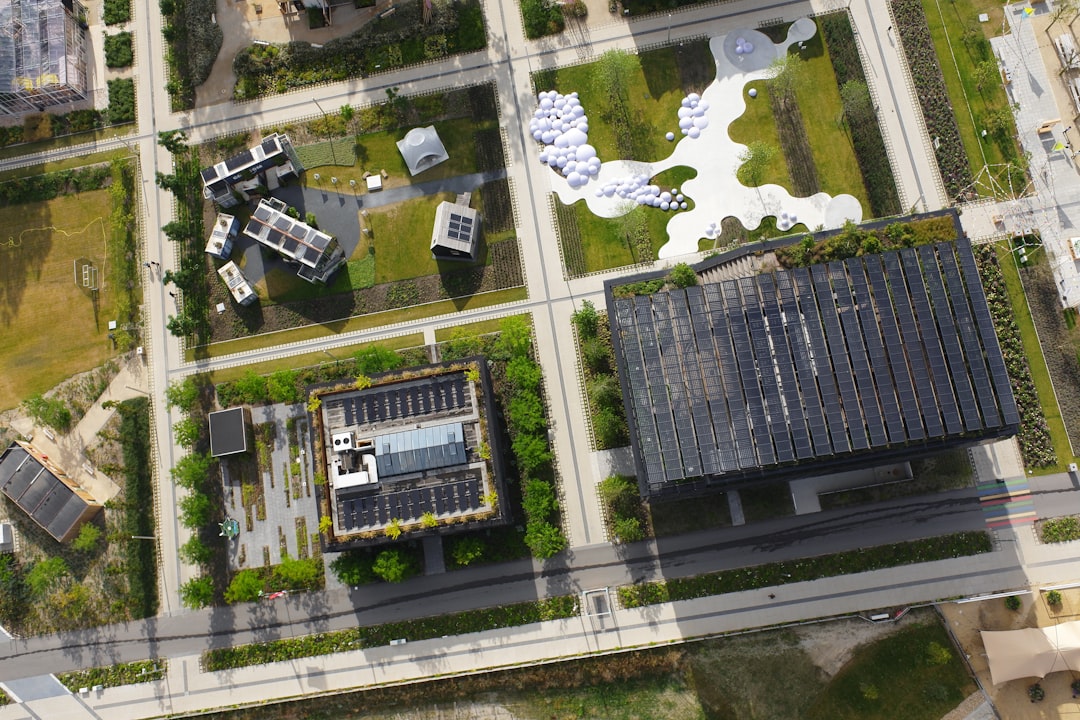
Final Thoughts
Google’s 6th Street Campus in Kirkland represents much more than a collection of office buildings. It’s a carefully crafted ecosystem where employee happiness, environmental stewardship, urban integration, and cutting-edge innovation come together. The campus embodies a new blueprint for how technology companies can positively impact their surroundings while still pushing the boundaries of what’s possible in their industry.
In a world rapidly embracing remote work and virtual connections, the Kirkland Campus reminds us that thoughtfully designed physical workspaces still have immense value—especially when they inspire creativity, foster collaboration, and support both the planet and the people who inhabit them.

